Washington’s forests and shorelines are rich, and that richness has become a magnet for visitors chasing rare flavors and social media bragging rights. Some are skipping permits and seasons, turning a quirky hobby into a costly legal mistake. This guide explains what’s driving the trend, where the rules actually are, and how to explore legally without harming the ecosystems that make the state special. Read on to keep your adventure memorable for the right reasons.
1. Chanterelles and the Permit Puzzle

Golden chanterelles glow in western Washington’s mossy Douglas-fir stands, and their aroma is a powerful lure. Visitors often learn too late that many public lands require free or paid permits and set daily limits, while some parks ban collecting entirely.
Enforcement has increased after reports from land managers about root damage and habitat trampling in popular corridors near the Olympic Peninsula and the Cascade foothills. Seasoned foragers recommend checking the U.S. Forest Service local district pages and Washington Department of Fish and Wildlife guidance before stepping off the trail. Ethical harvesting means cutting, not raking, and leaving small or waterlogged mushrooms for the forest.
Courteous behavior also includes parking legally and packing out every scrap. If you’re new, consider a guided outing with a licensed educator who teaches identification, site etiquette, and safety. You get the scent and the story, without the citation or ecological harm.
2. Coastal Shellfish and Biotoxins
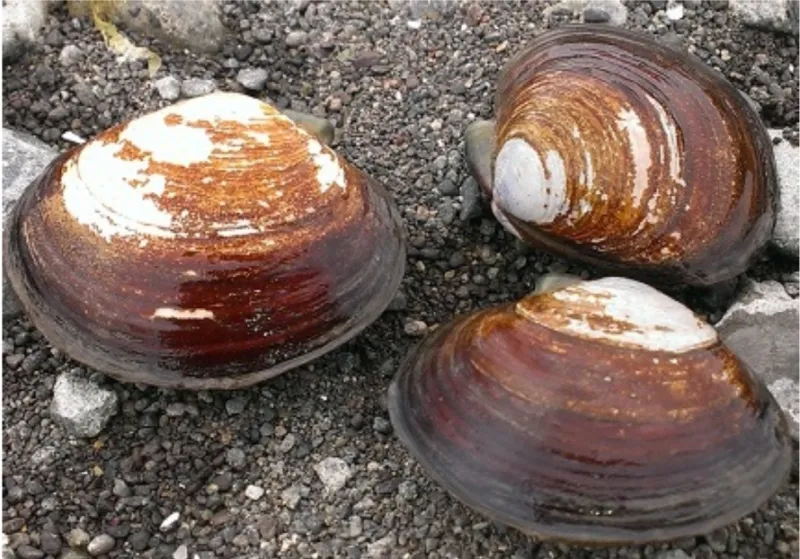
Razor clams and other shellfish draw crowds to Washington’s beaches, but closed seasons and biotoxin advisories shift frequently. Some tourists poach during closures, unaware that domoic acid and vibrio risks are real and tracked by the Washington Department of Health.
Legal harvest requires a shellfish license, species-specific limits, and adherence to open beach dates published shortly before each tide series. Rangers do spot checks, and fines are steep when gear and catch totals exceed the rules. The safer path is to monitor the agency map, which shows current status by beach and species.
Outfitters in towns like Ocean Shores and Long Beach offer tide-timing tips, identification help, and proper tools that reduce bycatch and beach disturbance. You’ll head home with safe food and a better sense of coastal stewardship, reinforcing why the state protects these beds so carefully.
3. Truffles and the Dog Advantage
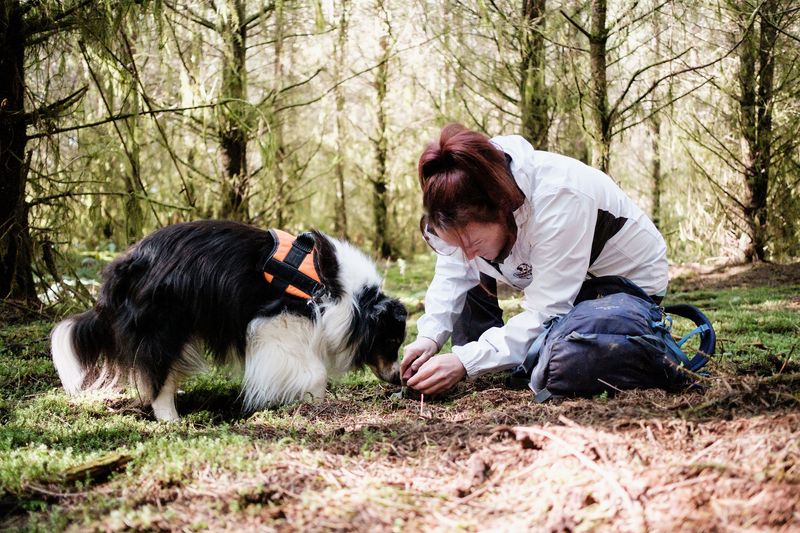
Washington’s native black and white truffles hide beneath Douglas-fir roots, leading some visitors to rake illegally on both public and private lands. Raking damages the duff and mycelium, and several landowners now post clear no-collection signs.
Well-run truffle classes pair trained dogs with instructors who secure permissions and teach how scent, soil, and tree age guide ethical finds. Dogs locate ripe truffles with minimal disturbance, which preserves the future crop and protects the forest floor. Participants learn identification basics and cleaning steps, plus rules that differ between state parks, national forests, and private timberlands.
The experience is slower than raking but far more reliable and responsible. Booking with a recognized educator helps you avoid trespass pitfalls and supports a culture of permission first. Washington’s truffle scene can be delightful when done by the book.
4. High-Country Huckleberries With Limits
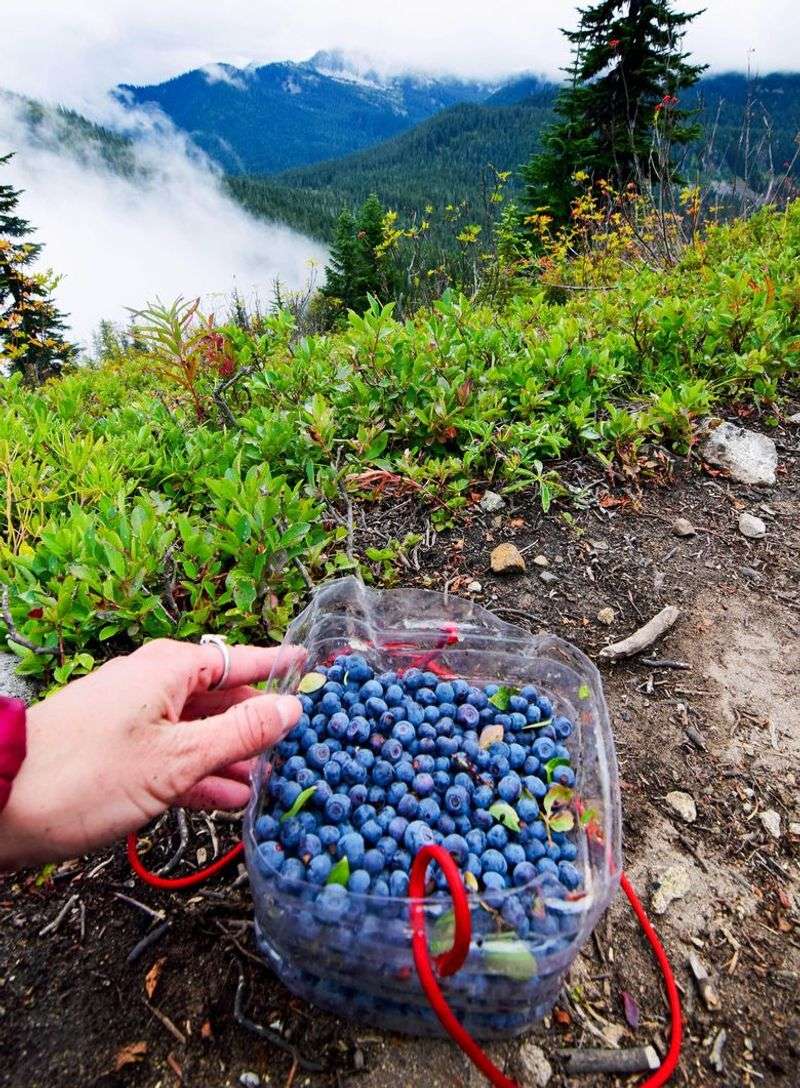
Late summer in Washington means alpine huckleberries, and the purple-stained grin is part of the tradition. Overharvesting, off-trail shortcuts, and commercial-scale picking have raised alarms in some tribal ceded areas and national forests.
The Colville and Yakama reservations maintain cultural connections to berry meadows, while agencies post guidance to keep plants productive. Recreational pickers often need permits in national forests, and commercial harvest is a different category with stricter rules. Staying on durable surfaces, spreading out, and leaving low shrubs intact preserves the meadow structure that birds and bears rely on.
Respect for posted closures and tribal notices matters as much as identifying ripe fruit. Before you go, read local district pages and consider joining a stewardship day that clips encroaching conifers to keep meadows open. You’ll come away with a fuller understanding of why Washington’s berry fields need a gentle touch.
5. Urban Foraging: City Rules Still Apply
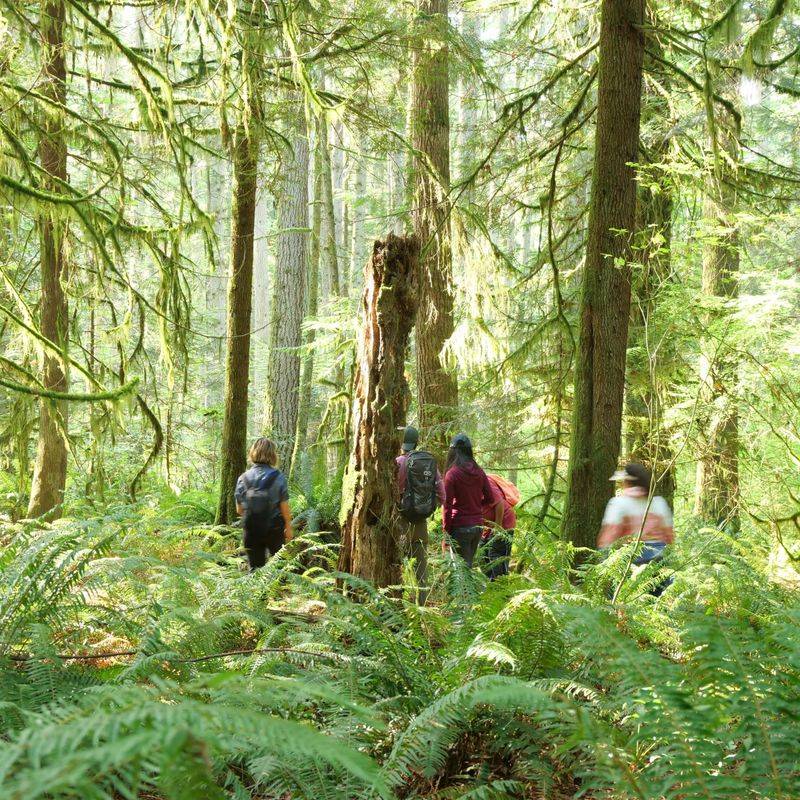
Seattle, Tacoma, and other Washington cities have parks with edible plants, but municipal codes typically prohibit removing plants or natural features. Tourists occasionally strip branches or dig bulbs, not realizing citations can follow and restoration crews will need to repair the damage.
Community groups host identification walks focused on observation, not harvest, which helps people learn how to recognize edible species safely. Farmers markets and U-pick farms provide a legal alternative with traceable sourcing and growing practices. If you want hands-on learning, look for classes that teach preparation and safety indoors rather than field collecting in public greenspace.
This respects the purpose of urban parks as shared habitat and recreation space. Checking city code pages before any attempt keeps your trip smooth and parks healthy. Washington’s cities are great classrooms when curiosity is balanced with local law.
6. Guided Experiences That Protect Habitats

Washington has reputable outfitters who combine education with legal access, reducing confusion about boundaries and seasons. These guides maintain permits, liaise with land managers, and adapt plans when closures or advisories change.
Participants learn species ID, lookalikes to avoid, and simple field hygiene like brushing boots to prevent spreading invasive seeds. Many trips include a conservation briefing that explains why a limit exists in the first place. You’ll also get instruction on photographing finds without disturbing soil or logs, which keeps microhabitats intact.
Booking in advance ensures the operator has time to confirm permissions and group size caps. Besides avoiding fines, you help fund monitoring and research partnerships. This model has helped Washington balance visitor interest with resource protection, proving that a structured experience can be both memorable and responsible.
7. How to Stay Legal and Have Fun
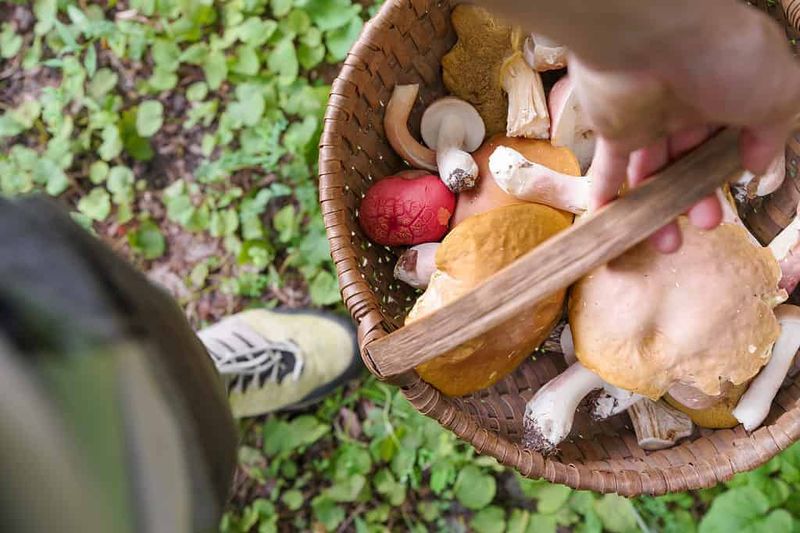
Planning makes the difference between a great story and a court date in Washington. Start by checking the relevant land manager, which could be a national forest, state park, county preserve, or private timber company.
Confirm whether any permit, daily limit, or seasonal closure applies to your target species. Use agency maps and bulletin updates rather than secondhand tips. Keep harvest small, avoid fragile soils, and respect closures tied to wildlife and cultural sites.
Pack gloves, a small knife, and paper bags, and leave rakes at home. Finally, consider swapping a portion of your foraging time for a guided class or a U-pick visit. You’ll still connect with the landscape, learn current rules, and support stewardship that keeps Washington’s bounty healthy for the long term.
Dear Reader: This page may contain affiliate links which may earn a commission if you click through and make a purchase. Our independent journalism is not influenced by any advertiser or commercial initiative unless it is clearly marked as sponsored content. As travel products change, please be sure to reconfirm all details and stay up to date with current events to ensure a safe and successful trip.